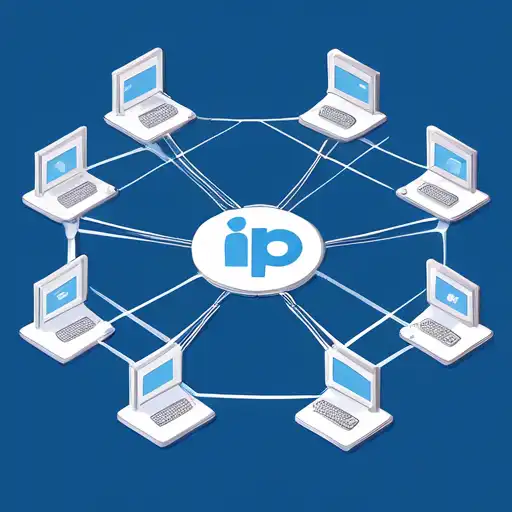Introduction to IP Addresses
In the digital age, understanding the basics of networking is crucial, and at the heart of this knowledge is the concept of IP addresses. An IP (Internet Protocol) address is a unique identifier assigned to each device connected to a network, enabling communication between devices. This guide will walk you through the essentials of IP addresses, their types, and their role in networking.
What is an IP Address?
An IP address is a numerical label assigned to each device participating in a computer network that uses the Internet Protocol for communication. It serves two main functions: identifying the host or network interface and providing the location of the host in the network.
Types of IP Addresses
There are two main types of IP addresses: IPv4 and IPv6. IPv4 addresses are 32-bit numbers, typically displayed in decimal format as four octets separated by periods (e.g., 192.168.1.1). Due to the exponential growth of the internet, IPv6 was introduced, which uses 128-bit addresses, allowing for a vastly larger number of unique addresses.
- IPv4: The most widely used IP version, but its limited address space has led to the adoption of IPv6.
- IPv6: Designed to replace IPv4, offering a much larger address space and improved features.
How IP Addresses Work
IP addresses are assigned to devices either dynamically by a DHCP (Dynamic Host Configuration Protocol) server or statically by a network administrator. When you connect to the internet, your ISP assigns an IP address to your device, allowing it to communicate with other devices worldwide.
Public vs. Private IP Addresses
Public IP addresses are used on the internet and are unique across the entire web. In contrast, private IP addresses are used within local networks (like your home or office) and are not routable on the internet. This distinction helps conserve the limited number of IPv4 addresses.
- Public IP: Assigned by your ISP, visible to the outside world.
- Private IP: Used within a local network, not unique globally.
Finding Your IP Address
You can easily find your device's IP address. On Windows, open Command Prompt and type ipconfig. On macOS or Linux, open Terminal and type ifconfig. This will display your device's IP address along with other network information.
Conclusion
Understanding IP addresses is fundamental to grasping how networks operate. Whether you're setting up a home network or pursuing a career in IT, knowing the basics of IP addresses, their types, and how they function is essential. As the internet continues to evolve, so too will the technologies that underpin it, making ongoing learning crucial.
For more insights into networking basics, check out our guide on Networking Fundamentals.
